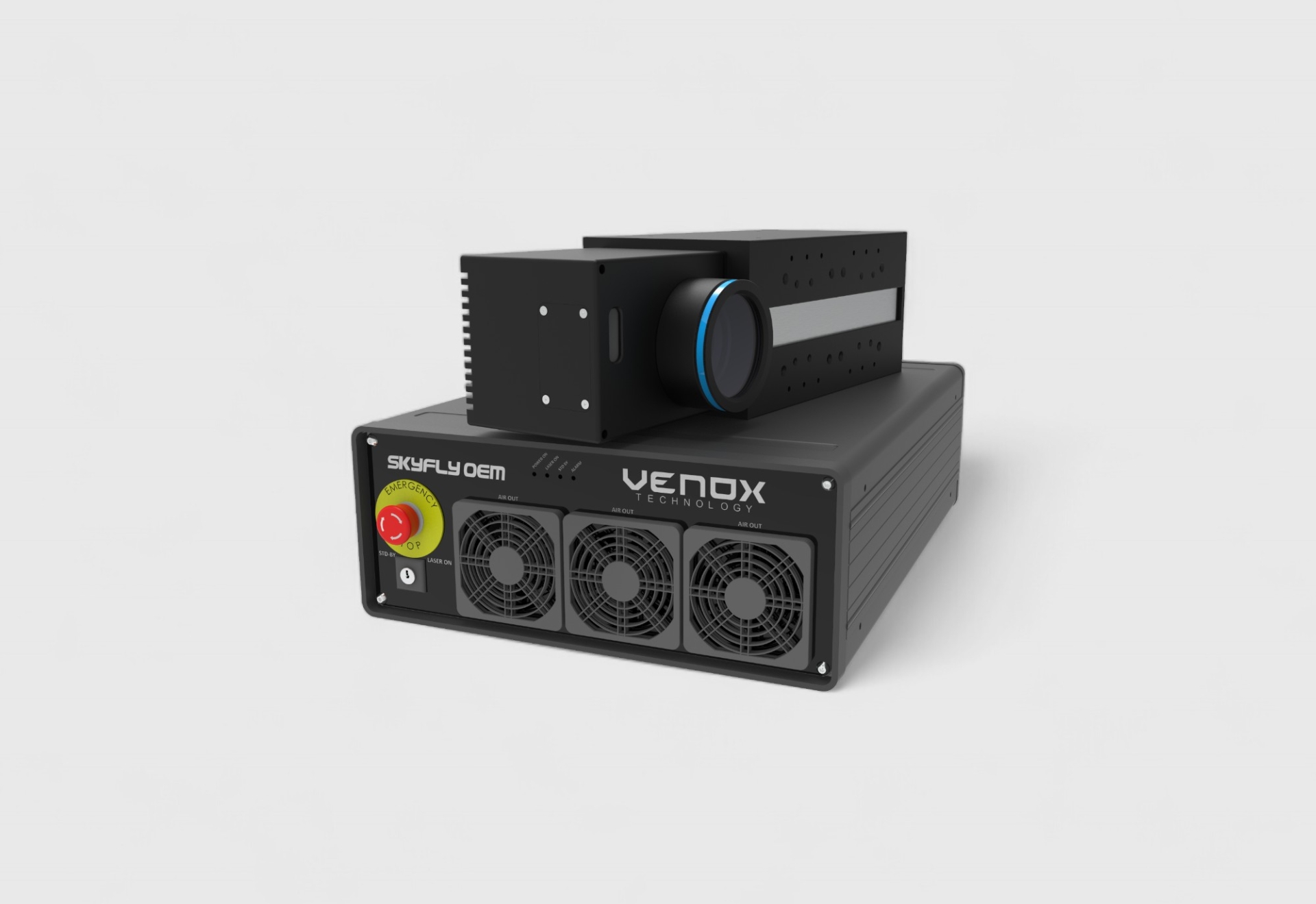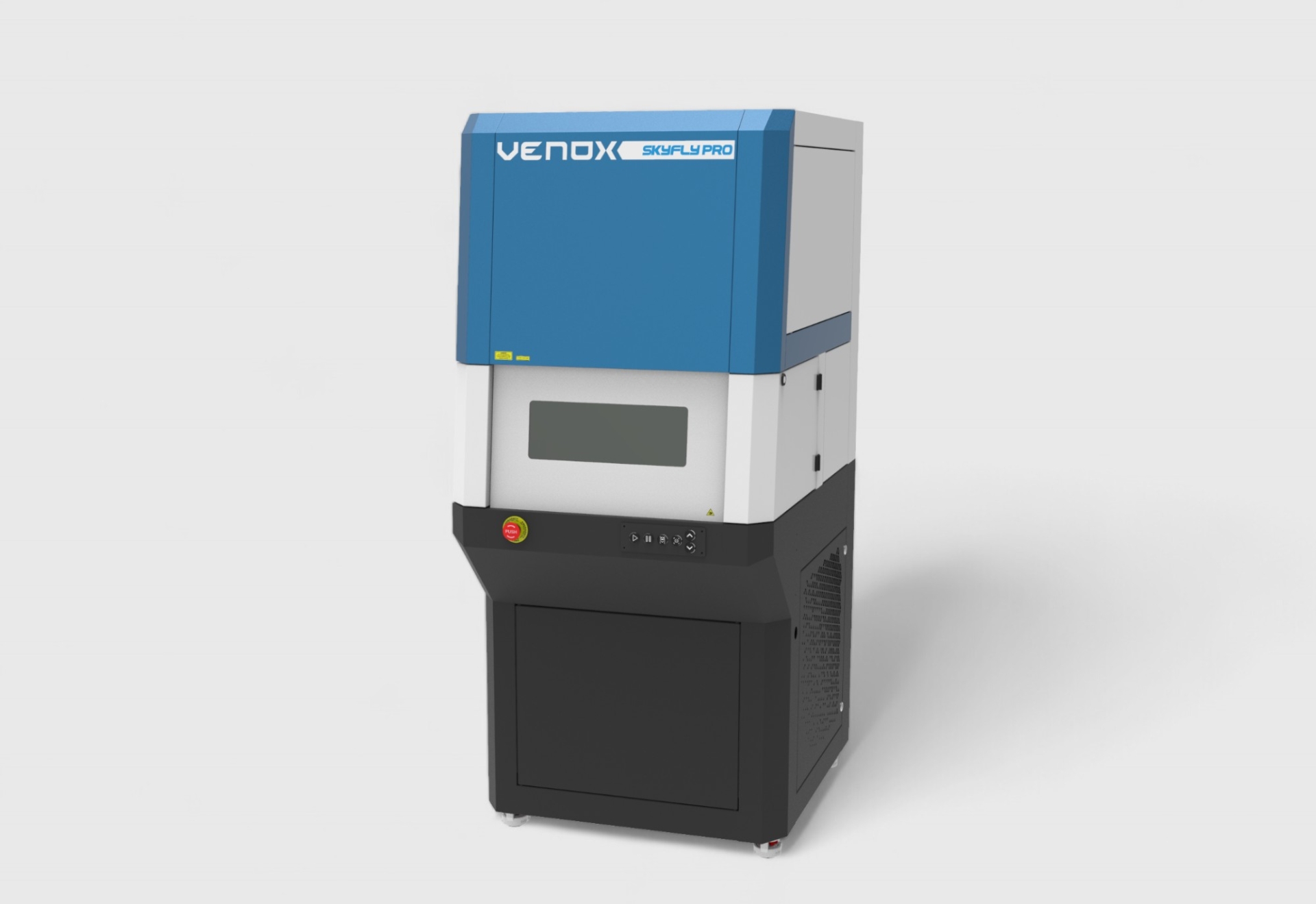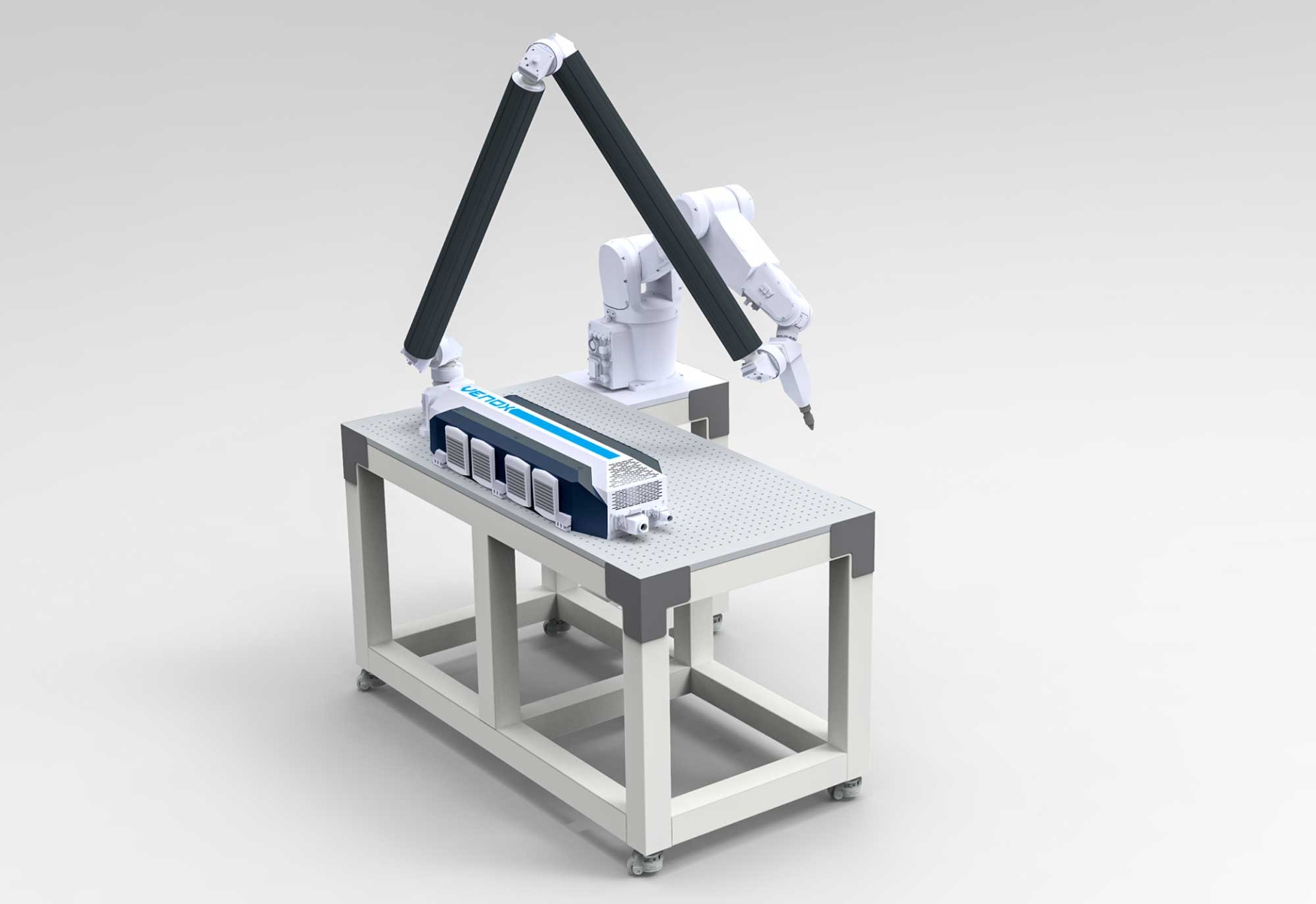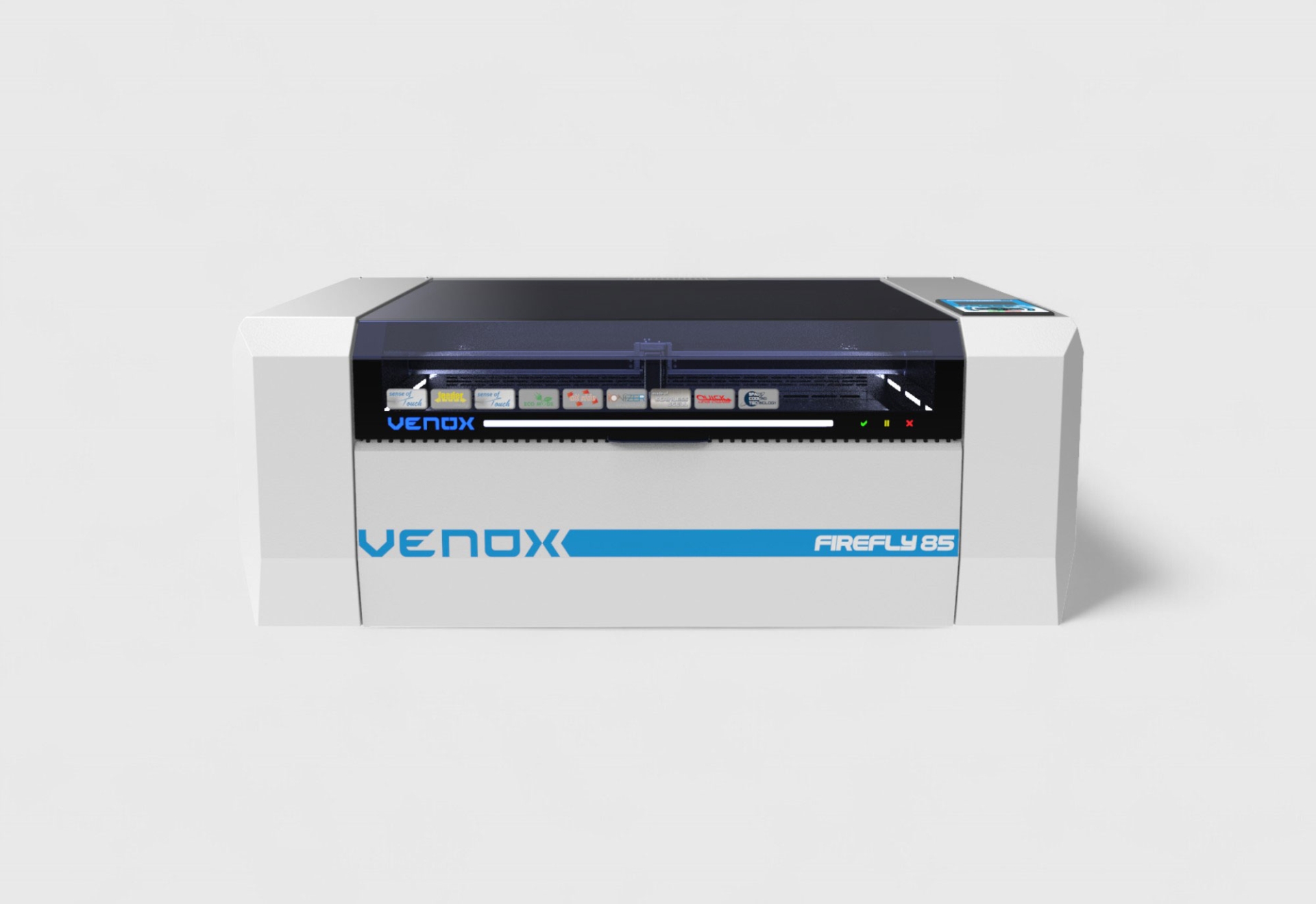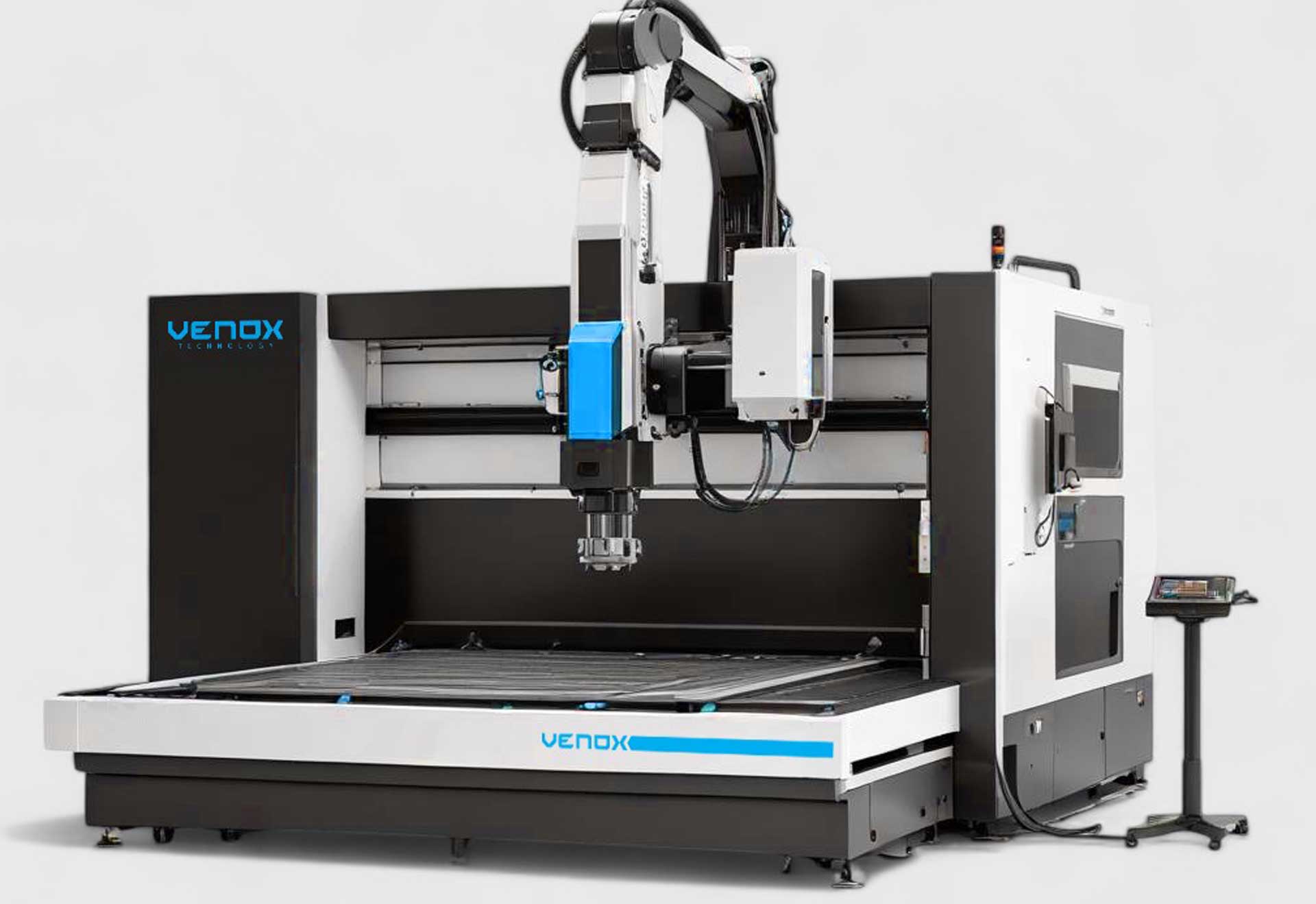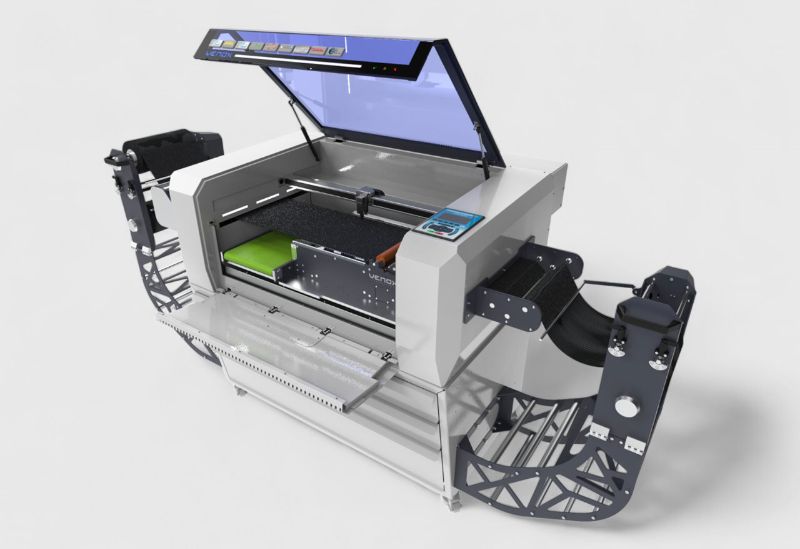Inline Laser Marking Machine: Speed, Accuracy, and Traceability in Industrial Automation
What Is an Inline Laser Marking Machine?
Definition
An inline laser marking machine is an industrial system that marks products while they are moving on mass production lines. It enables permanent, readable, and high-contrast marking without stopping the product flow. This system is especially preferred in the automotive, electronics, medical, and packaging industries.
Working Principle
Products moving on a conveyor in the production line are detected by a sensor. The laser head automatically focuses according to the product’s position and applies data such as logo, QR code, barcode, production date, or serial number to the surface. The process takes place within milliseconds without interrupting the product flow.
Advantages of Inline Laser Marking Machines
Uninterrupted Production
Continuous marking can be performed without stopping the production line. This eliminates downtime and increases production efficiency.
High Speed and Precision
Thanks to the galvo scanning system, scanning speeds of up to 7000 mm per second are achieved. In this way, hundreds of products can be marked per minute.
ERP and MES Integration
Laser marking machines can work fully integrated with Manufacturing Execution Systems (MES). Product-specific data (such as serial number or production date) is marked automatically.
Maintenance-Free
Laser systems do not use consumables. There are no ink or label-based costs, which reduces operating expenses.
Long-Lifespan Technology
Thanks to the solid-state laser source, systems have an average operating life of 100,000 hours. This makes them an ideal solution for businesses operating 24/7.
Application Areas
Automotive Industry
Permanent coding is applied to parts such as chassis, engine, and electronic control units. This facilitates post-production traceability and origin verification.
Electronics Production Lines
Laser marking is applied to circuit boards, sensors, and micro components. UV and fiber laser technologies are frequently used in this field.
Food and Packaging Industry
Information such as expiration date, production code, and batch number is marked onto product packaging without contact. This method is more hygienic and eco-friendly than ink printing.
Medical and Pharmaceutical Manufacturing
Laser marking on sterile products is biocompatible and safe because it contains no chemicals.
Technical Specifications
Laser Types
- Fiber Laser: Ideal for metal and plastic parts.
- CO₂ Laser: Used for packaging, paper, and organic materials.
- UV Laser: Preferred for precise applications on glass, silicon, and heat-sensitive surfaces.
Marking Area
Various area options from 110x110 mm up to 300x300 mm are available. For larger surfaces, X-Y axis moving tables can be used.
Power Options
Models of 20W, 30W, 50W, and 100W enable different marking depths depending on the material type.
Dynamic Focusing
With automatic focus adjustment, marking quality remains constant even if product height changes. This feature allows processing products of different sizes on the same line.
Camera-Controlled Verification
After marking, integrated cameras test the readability of the marked data and instantly detect faulty products.
Structural Components of Inline Laser Marking Machines
1. Laser Unit
One of the fiber, CO₂, or UV laser sources is selected and applied. Each is optimized for different surfaces and industrial requirements.
2. Galvo Scanning Head
High-speed moving mirrors direct the laser beam to the target surface. This system determines the marking speed.
3. Conveyor Belt System
The system that ensures products are conveyed at a constant speed. The laser detects product passage with a sensor and performs synchronized marking.
4. Software and Control Unit
With CAD-based laser software, data such as logos, QR codes, DataMatrix, and serial numbers are generated automatically.
5. PLC and Robot Integration
PLC connectivity is used for full compatibility with production lines. Working in integration with robotic arms enables fully automated production.
Machine Selection Criteria
Production Speed
The laser’s scanning capacity should be determined according to the line speed. Galvo-based machines are recommended for high-speed lines.
Material Type
Fiber for metal, CO₂ for plastic, and UV laser machines for glass and silicon should be preferred.
Data Integration
Machines connected to ERP systems can process product-based data automatically. Venox laser marking systems support this feature as standard.
Energy Efficiency
Low energy consumption reduces operating costs in the long term. Next-generation fiber laser systems stand out in this regard.
Conclusion
Inline laser marking machines are among the most advanced marking technologies that combine speed, efficiency, and quality in industrial production. Venox laser cutting and marking machines integrate seamlessly into production lines to provide faster, cleaner, and permanent marking solutions for companies.
